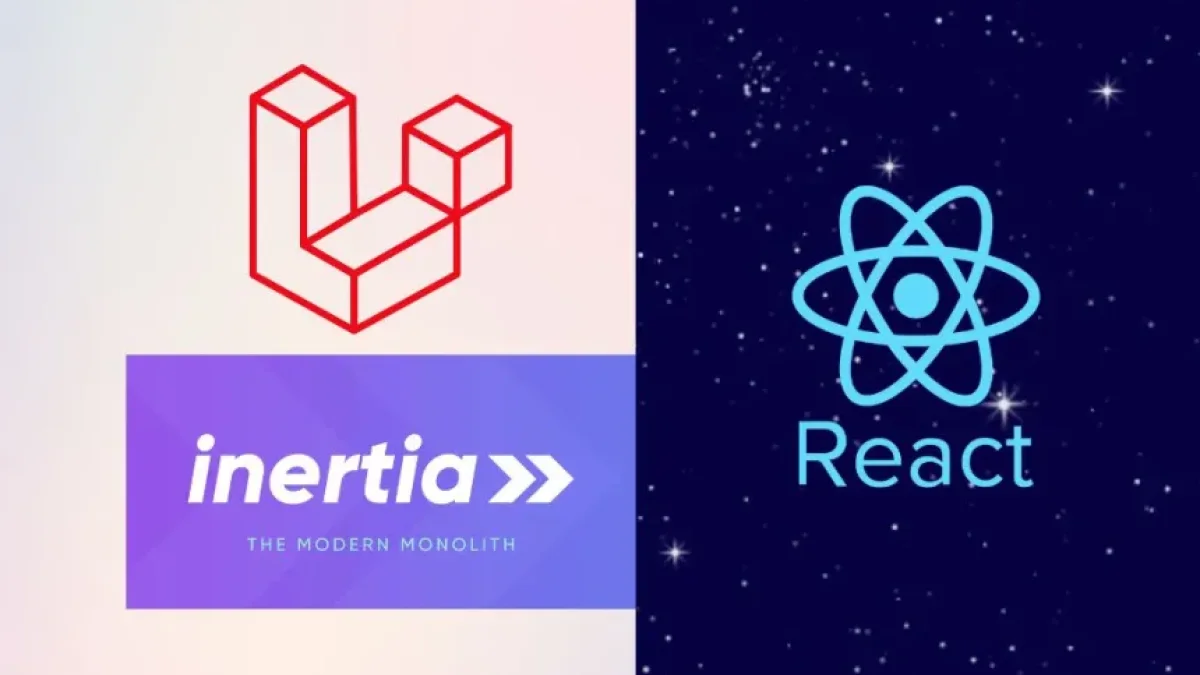Implement the deletion functionality in Laravel with Inertia and React.


The combination of Laravel, Inertia, and React has become one of the most popular options for developing interactive web applications. In this article, we will explore how to effectively implement deletion functionality in an application using these powerful frameworks. This approach allows for not only maintaining a clean code structure but also enhancing the user experience.
Project Setup
To get started, it is essential to have a development environment set up with Laravel and React. If you haven't done so yet, make sure to follow the standard installation steps for Laravel and then integrate Inertia and React into your project. Installing Inertia is quite straightforward, and you can follow the official documentation to ensure that you have everything configured correctly.
Creating the Controller and Delete Route
Once your project is ready, the next step is to create a controller that handles the deletion logic. In Laravel, you can do this using the Artisan command:
php artisan make:controller ItemControllerWithin this controller, you need to define a method that takes care of deleting a resource. For example, you can call it destroy:
public function destroy($id)
{
$item = Item::findOrFail($id);
$item->delete();
return redirect()->route('items.index')->with('success', 'Item deleted successfully.');
}Next, make sure to define the corresponding route in the web.php file:
Route::delete('/items/{id}', [ItemController::class, 'destroy'])->name('items.destroy');Integrating Deletion in the Frontend
On the frontend, specifically in your React component, you will need to create a delete button that calls the appropriate function. Ensure that when the button is clicked, a confirmation is displayed to the user to prevent accidental deletions.
To implement the deletion, you can use axios to make the DELETE request. Here’s a simple example:
Read also
import axios from 'axios';
const handleDelete = async (id) => {
if (window.confirm('Are you sure you want to delete this item?')) {
await axios.delete(`/items/${id}`);
// Here you can update your state or reload the data
}
};
// In your render component
<button onClick={() => handleDelete(item.id)}>Delete</button>This snippet allows for confirmation before performing the deletion. It's important to display a message to the user confirming that the action has been completed successfully.
Handling Responses and Success Messages
To enhance the user experience, it is advisable to manage feedback after deletion has been carried out. You can store a success message in the React state and display it on your interface.
For example:
const [message, setMessage] = useState('');
const handleDelete = async (id) => {
if (window.confirm('Are you sure you want to delete this item?')) {
await axios.delete(`/items/${id}`);
setMessage('Item deleted successfully');
// You can also reload data or update your list state here
}
};
// In your render
{message && <div>{message}</div>}Conclusion
Implementing deletion functionality in a Laravel application with Inertia and React is not complicated and provides a smooth user experience. With these simple steps, you can ensure that your application is user-friendly and easy to maintain.
If you're looking for more information on development with Laravel, Inertia, and React, I invite you to explore more articles and updates on my blog. I look forward to seeing you there!



















